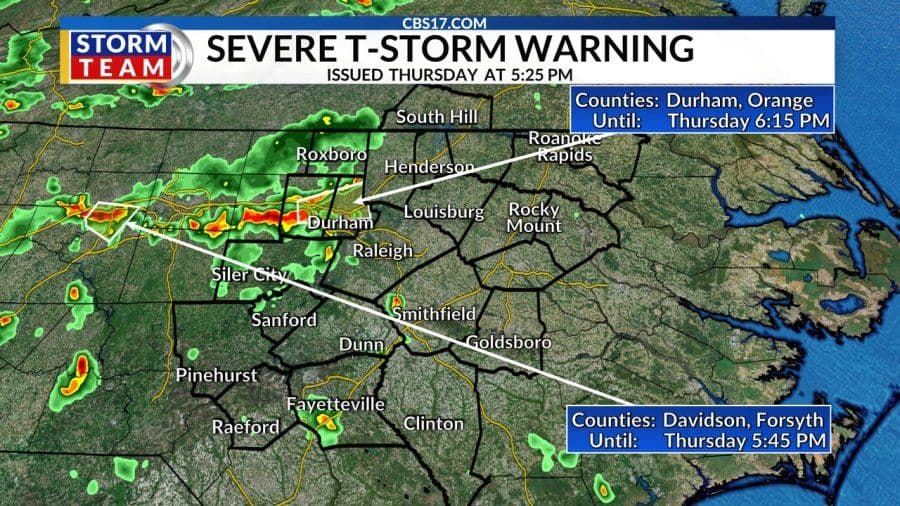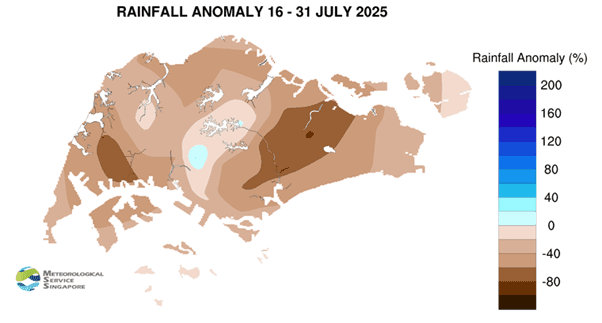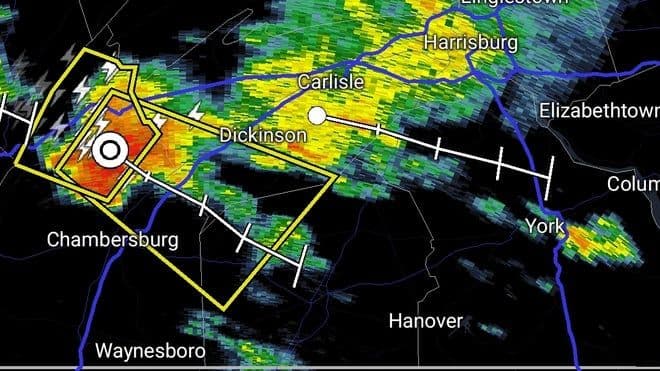Decoding the Microburst: Why North Carolina's Weather Alerts Are More Personal Than Ever
Explore North Carolina's evolving weather alerts, from immediate storm warnings to their hyper-local precision. Understand the tech, human insights, and daily impact.
The Sky's Urgent Whispers
In North Carolina, the weather often feels like a conversation, albeit one with sudden, dramatic shifts. One moment, the sun shines, the next, the sky opens up with a fury. Take, for instance, a recent Thursday afternoon: a severe thunderstorm, observed near , was barreling east at a brisk 25 miles per hour. This wasn't a county-wide threat, but a highly localized event, prompting forecasters to issue a specific warning for central and central counties. Just as quickly as it arrived, that warning expired, followed by an earlier one for and counties that had also run its course. These fleeting, intense events are the 'microbursts' and localized storms that define much of the state's dynamic climate. They whisper urgently, demanding immediate attention, and highlight the critical need for weather alerts that go beyond broad regional forecasts, becoming as personal as the storm itself.
Precision in the Peril: The Tech Behind Your Local Alert
The ability to pinpoint a storm near , track its exact speed and direction, and then issue a warning for specific portions of and counties isn't magic; it's the result of sophisticated technological advancements. Modern weather forecasting relies on a robust network of tools, from advanced that peer inside storms to reveal their structure and intensity, to high-resolution that tracks cloud development and atmospheric moisture. Ground-based sensors and weather stations feed continuous data into complex , which simulate atmospheric conditions with increasing fidelity. These technological marvels don't just tell us if it will rain, but where a severe thunderstorm is likely to strike, how fast it's moving, and when its immediate threat might pass. This data-driven precision is the backbone of today’s hyper-local alerts, transforming general advisories into actionable intelligence.
The Forecaster's Dance: Navigating the Nuances of Microclimates
While technology provides an incredible amount of data, it's the human forecaster who truly orchestrates the 'dance' of interpreting these complex inputs. , with its diverse geography ranging from mountains to coast, presents a patchwork of microclimates where weather can vary dramatically over just a few miles. A forecaster isn't simply relaying what the radar shows; they're applying their deep understanding of local topography, atmospheric dynamics, and historical weather patterns. They know that a storm moving east at 25 mph might behave differently when it encounters a specific ridge or a densely urbanized area. It's this expert human judgment that refines a raw data output into a truly 'personal' alert, ensuring that warnings target only those areas most at risk, like central and counties, rather than needlessly alarming an entire region. This blend of cutting-edge tech and seasoned human intuition is what makes our local alerts so remarkably effective.
Living Under the Watchful Eye: Daily Impact and Preparedness
The increased precision of weather alerts fundamentally reshapes our daily lives and how we approach preparedness. Gone are the days when an entire county would brace for a storm that only impacted a fraction of its residents. Now, with warnings that specify 'central and central counties,' people receive more relevant information, reducing the 'cry wolf' effect and fostering greater trust in the system. This allows for more targeted actions: a family in knows precisely when to seek shelter, while those just a few miles away might continue their evening plans. For , living under this watchful eye means a more nuanced approach to readiness. It encourages proactive steps like having a reliable alert system on your phone, understanding the difference between a 'watch' and a 'warning,' and having a swift plan to secure outdoor items or find safe haven during those intense, albeit brief, moments of severe weather.
Embracing the Unpredictable: Our Future with Dynamic Weather
As we move forward, our relationship with dynamic weather is set to evolve even further. The journey from broad regional forecasts to hyper-local, personalized alerts is far from over. Imagine a future where , constantly learning from real-time data and historical events, assist forecasters in predicting microbursts with even greater lead time and precision, perhaps down to individual neighborhoods. This ongoing evolution in meteorological science, coupled with advanced communication channels, will empower us to embrace the unpredictable nature of our skies with increased confidence. It's about building a more resilient society, one that not only receives timely warnings but also understands the nuanced language of the atmosphere. Our collective future hinges on this continuous refinement, allowing us to live more harmoniously with the powerful, ever-changing forces of nature.
Related Articles

Living on Alert: Navigating Central NC's Dynamic Weather Reality

Living on Alert: Navigating Central NC's Dynamic Weather Reality

Decoding Tomorrow's Whispers: The Art and Impact of Weather Prediction

Decoding Tomorrow's Whispers: The Art and Impact of Weather Prediction

Weather's New Imperative: How Forecasting Became Our Blueprint for Resilience

Weather's New Imperative: How Forecasting Became Our Blueprint for Resilience

The Roar and the Radar: Navigating the New Era of Severe Thunderstorm Warnings
